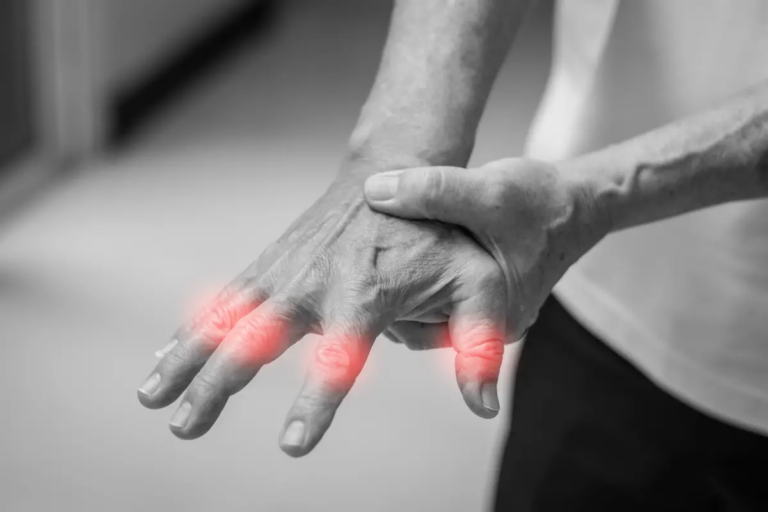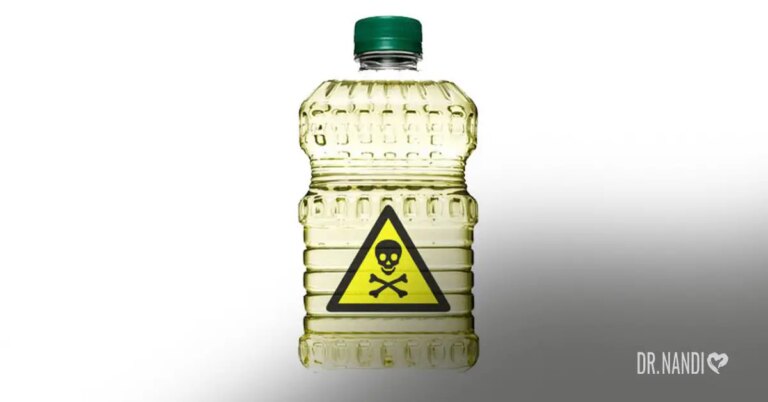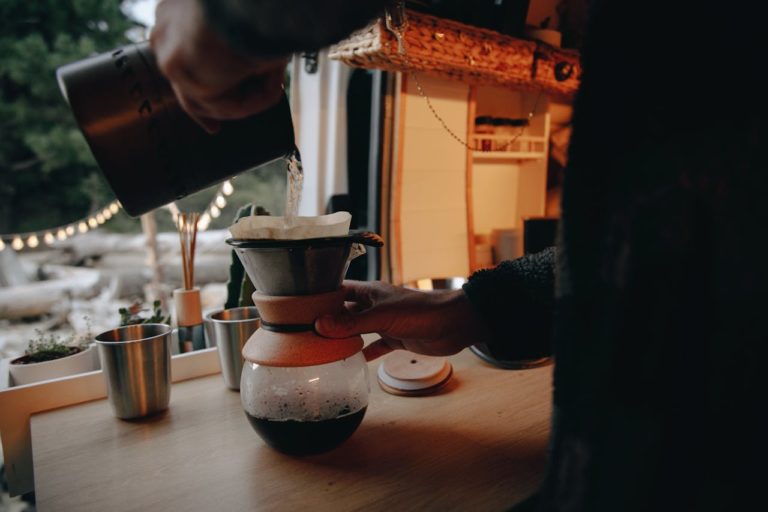Parchment paper is a kitchen essential many home cooks and professional chefs rely on for its convenience and versatility. It’s known for making baking and cooking tasks easier, with its non-stick and heat-resistant properties. However, there’s more to this humble kitchen tool than meets the eye. Beneath its familiar surface lies a complex story of chemical treatments and potential health concerns that few are aware of.
What if the very parchment paper you trust to keep your baked goods from sticking might also be introducing unwanted chemicals into your food? And are there safer alternatives that can provide the same benefits without the risks?
Understanding Parchment Paper
Parchment paper, commonly known as baking paper, is a cellulose-based paper that has been specially treated to enhance its durability and heat resistance. The primary process that parchment paper undergoes is known as parchmentization. This process involves passing the paper through an acid bath, which dissolves the surface of the fibers, turning them into a gelatinous mass that bonds together, resulting in a dense and heat-resistant paper.
After parchmentization, the paper is thoroughly washed to remove any remaining acid and then dried. The result is a tough, impermeable paper that is resistant to water, grease, and heat, making it ideal for various cooking applications. [1]
Silicone Coating
Most parchment paper is coated with silicone to further enhance its non-stick properties and heat resistance. The silicone coating allows parchment paper to withstand oven temperatures up to 450°F (232°C) without burning or melting. This coating also makes the paper moisture-proof, ensuring that it does not absorb liquids from the food.
Unbleached parchment paper retains its natural brown color, while bleached parchment paper undergoes a chemical treatment to remove its natural color, resulting in a white appearance. Both types are widely used in kitchens for their non-stick and heat-resistant properties. [2]
Common Uses of Parchment Paper
Parchment paper’s versatility makes it a staple in both home and professional kitchens. Here are some of its most common uses:
- Lining Baking Sheets and Pans: Parchment paper is often used to line baking sheets and cake pans to prevent sticking and make cleanup easier. This use is particularly beneficial for baking cookies, cakes, and bread.
- Cooking En Papillote: A popular technique where food is cooked in a parchment paper pouch. This method traps steam, ensuring that the food is cooked gently and evenly while retaining its moisture and flavor.
- Separating Layers of Food: Parchment paper can be used to separate layers of baked goods or candies, preventing them from sticking together during storage.
- Funneling Ingredients: It can also be fashioned into a funnel for transferring dry ingredients, grated cheese, or spices without creating a mess.
- Covering Work Surfaces: Taping parchment paper to a countertop provides a clean, non-stick surface for tasks like rolling out dough or forming meatballs. After use, the paper can be easily disposed of, simplifying cleanup. [2]
Environmental Considerations
While parchment paper is highly useful, it has some environmental drawbacks. Most parchment paper is not compostable due to the silicone coating, although some brands offer compostable options. The production and disposal of parchment paper can also contribute to environmental waste. As a result, many people are turning to reusable alternatives like silicone baking mats, which offer similar benefits without the waste.

Health Concerns Associated with Parchment Paper
While cooking with parchment paper may seem convenient, it’s crucial to be aware of potential health concerns. The primary issues stem from the bleaching process and the silicone coating used in its production.
The Bleaching Dilemma
One significant concern is the bleaching process involved in making parchment paper. Bleached parchment paper may contain dioxin, a toxic chemical released when the paper is heated. Dioxin exposure has been linked to various health issues, including reproductive and developmental diseases.
Once ingested, dioxin can accumulate in our fatty tissues and remain there for 7 to 11 years, posing long-term health risks. As research indicates, “Dioxin can transfer to our fatty tissues and remain there for 7 to 11 years,” emphasizing the persistence and potential danger of this chemical in our bodies.
The Silicone Coating Problem
Another critical issue with parchment paper is the silicone coating. Silicone cookware, including parchment paper, is made from silicon, carbon, and oxygen, forming a rubber-like substance. Although silicone is generally more heat-resistant than plastic, its safety is still a subject of debate, especially when used for cooking.
When silicone bakeware is heated with oils, it can release chemicals that may pose health risks. Despite being deemed safe by the U.S. Food and Drug Administration (FDA) in 1979, there have been no subsequent FDA studies to assess whether silicone can leach out of cookware and contaminate food. This gap in research raises concerns about the safety of using silicone-coated parchment paper.
Furthermore, research has shown that siloxanes can leach from silicone products such as baby bottle nipples and bakeware. Siloxanes have been linked to potential carcinogenic and endocrine-disrupting effects. A study highlighted, “Silicone gel has been linked to lethal cancer in rats,” which stirs ongoing debates about the overall safety of silicone in kitchen products. [3]
Safe Alternatives to Parchment Paper
Considering the health risks associated with cooking with parchment paper, such as potential dioxin exposure and chemical leaching from silicone coatings, it’s essential to explore safer alternatives. These alternatives can help ensure your cooking and baking are both healthy and environmentally friendly.
1. Silicone Baking Mats (Silpat)
Silicone baking mats, like Silpat, are excellent substitutes for parchment paper. Made from a combination of food-grade silicone and fiberglass mesh, these mats are non-stick, durable, and reusable. They can withstand high temperatures up to 500 degrees Fahrenheit, making them ideal for baking cookies, pastries, and even roasting vegetables. The even heat distribution provided by these mats ensures a uniform bake, which is particularly beneficial for delicate baked goods like macarons.
2. Stainless Steel Bakeware
Stainless steel bakeware is another durable and safe alternative. It is non-reactive, meaning it won’t leach chemicals into your food, and it’s versatile enough for a variety of baking needs. Stainless steel bakeware is also easy to clean and can be used at high temperatures without any concerns about chemical exposure.
3. Ceramic Baking Dishes
Ceramic baking dishes are perfect for even heating and can double as beautiful serving dishes. They are non-reactive and free from harmful chemicals, making them a safe option for your baking needs. Ceramic dishes are particularly suitable for casseroles, lasagnas, and other baked dishes that require even heat distribution.
4. Glass Bakeware
Glass bakeware, such as Pyrex, is versatile and easy to clean. It allows you to visually monitor your food as it cooks, ensuring perfect results every time. Glass is non-reactive and does not leach chemicals, making it a safe alternative for baking and cooking. Additionally, glass bakeware can go from the freezer to the oven without the risk of thermal shock, which makes it highly practical.
5. Aluminum Foil with Oil
Aluminum foil is another good substitute for parchment paper, especially for baking and roasting. When lined with a thin layer of oil, it provides a non-stick surface that can withstand high temperatures. Aluminum foil is particularly useful for roasting vegetables and meats, as it promotes browning and caramelization. However, it’s important to note that some foods might stick to the foil, and it may affect the texture of baked goods.
6. Reusable Non-Stick Baking Sheets
Reusable non-stick baking sheets are made from materials like PTFE (Teflon) and offer a long-lasting alternative to disposable parchment paper. They can be used multiple times and are dishwasher safe, which adds to their convenience. These sheets are ideal for baking cookies and other goods that require a non-stick surface.
7. Cedar Wraps
For grilling enthusiasts, cedar wraps are a fantastic alternative. They not only provide a non-stick surface but also infuse your food with a subtle, smoky flavor. Cedar wraps are particularly effective for grilling fish and vegetables, offering a unique culinary experience without the risk of chemical exposure from parchment paper.
Using these alternatives can significantly reduce the risk of chemical exposure in your kitchen while also promoting environmentally friendly practices. Transitioning to safer baking and cooking materials ensures that your culinary creations are both delicious and health-conscious.

Bonus Tips for a Healthier Kitchen
Reducing chemical exposure in your kitchen is essential for maintaining a healthy and safe cooking environment. Here are some practical tips to help you create a toxin-free kitchen:
1. Use Glass and Stainless Steel Containers
Plastic containers can leach harmful chemicals like bisphenol-A (BPA) and phthalates into your food, especially when heated. Opt for glass or stainless steel containers for storing food. These materials are non-reactive and do not release harmful substances, ensuring your food remains safe.
2. Choose Safe Cookware
Non-stick pans, often coated with Teflon, can release toxic fumes when overheated. Instead, use cookware made from safer materials such as cast iron, stainless steel, or ceramic. These alternatives do not leach chemicals and are durable options for everyday cooking.
3. Avoid Plastic Wrap and Aluminum Foil
Plastic wrap and aluminum foil can both introduce unwanted chemicals into your food, particularly when heated. Replace these with more sustainable options like beeswax wraps, silicone lids, or simply cover bowls with plates. These alternatives are reusable and safer for food storage.
4. Filter Your Water
Tap water can contain contaminants such as heavy metals, chlorine, and even pharmaceuticals. Using a high-quality water filter, like activated charcoal filters or reverse osmosis systems, can significantly reduce these impurities and provide safer drinking and cooking water.
5. Clean Green
Many commercial cleaning products contain harmful chemicals that can linger on surfaces and in the air. Switch to natural cleaning solutions made from vinegar, baking soda, and essential oils. These ingredients are effective at cleaning and disinfecting without the risks associated with chemical cleaners.
6. Choose Organic and Locally Grown Produce
Organic produce is grown without synthetic pesticides and herbicides, reducing your exposure to these chemicals. Shopping at local farmers’ markets can also help you find fresher, less contaminated produce. Additionally, ask farmers about their growing practices to ensure the food you buy is free from harmful chemicals.
7. Avoid Canned Foods with BPA
Bisphenol-A (BPA) is commonly found in the lining of canned foods and can leach into the food itself. Opt for fresh, frozen, or BPA-free canned options to reduce your intake of this harmful chemical. Brands like Amy’s and Earth’s Best offer BPA-free canned goods.
8. Ventilate Your Kitchen
Proper ventilation helps reduce indoor air pollution caused by cooking fumes, especially from gas stoves. Use exhaust fans and open windows while cooking to improve air quality. Additionally, indoor plants like spider plants and English ivy can help purify the air naturally. [4]
By implementing these tips, you can significantly reduce your exposure to harmful chemicals in the kitchen, promoting a healthier and safer environment for cooking and eating.
My Personal RX on Healthy Eating
As a doctor, I emphasize the importance of adopting a healthy diet to enhance overall well-being and prevent chronic diseases. Eating healthy doesn’t have to be a chore or a challenge; with a few simple tweaks, your kitchen can transform into a haven of nutritious choices. Here are some practical tips to help you make healthier choices every day:
- Incorporate Superfoods: Integrate a variety of superfoods into your meals to boost nutrient intake. Foods like berries, leafy greens, and nuts are rich in antioxidants and essential vitamins. For delicious and wholesome recipes, refer to my Superfoods Cookbook, which makes incorporating these powerful foods both fun and enjoyable.
- Stay Hydrated: Drinking enough water is crucial for maintaining optimal health. Aim for at least eight glasses a day to support digestion, nutrient absorption, and detoxification.
- Support Your Liver: A healthy liver is vital for detoxification and metabolic processes. Consider holistic supplements like my Liver Support to help maintain a healthy inflammatory and antioxidant balance, promoting overall liver health.
- Eat Balanced Meals: Ensure each meal contains a balance of macronutrients—proteins, carbohydrates, and healthy fats. This balance helps maintain energy levels, supports muscle function, and aids in overall bodily functions.
- Limit Processed Foods: Reduce your intake of processed and sugary foods. These can contribute to inflammation and increase the risk of chronic illnesses. Focus on whole, unprocessed foods to support long-term health.
- Practice Mindful Eating: Pay attention to what you eat and how it makes you feel. Eating mindfully can help you enjoy your food more and prevent overeating.
- Include Fiber-Rich Foods: Foods high in fiber, such as whole grains, fruits, and vegetables, support digestive health and help maintain a healthy weight by keeping you full longer.
- Plan Your Meals: Planning your meals ahead of time can help ensure you have healthy options available and prevent last-minute unhealthy choices.
- Healthy Snacks: Choose nutrient-dense snacks like nuts, seeds, or yogurt to keep energy levels stable throughout the day.
- Cook at Home: Preparing meals at home allows you to control the ingredients and make healthier choices. Experiment with new recipes and cooking techniques to keep meals exciting and nutritious.
- Switch to Safer Cookware: Replace non-stick pans with stainless steel, cast iron, or ceramic options. These materials are not only durable but also free from harmful chemicals that can leach into your food when heated.
- Use Glass and Stainless Steel for Storage: Ditch plastic containers in favor of glass or stainless steel. Plastics can release harmful chemicals like BPA into your food, especially when heated. Glass and stainless steel are safer and more sustainable choices.
- Opt for Reusable Alternatives: Instead of using parchment paper or aluminum foil, consider investing in reusable silicone baking mats. These mats provide a non-stick surface and can withstand high temperatures, making them an excellent eco-friendly alternative.
- Filter Your Water: Ensure your drinking and cooking water is free from contaminants by using a high-quality water filter. This simple step can significantly reduce your exposure to harmful substances commonly found in tap water.
- Clean Green: Choose natural cleaning products made from ingredients like vinegar, baking soda, and essential oils. These are effective at cleaning and disinfecting without introducing harmful chemicals into your kitchen environment.
Cleaner Choices for a Safer Kitchen
Paying closer attention to everyday items like parchment paper shows how easy it is to overlook sources of exposure. But once you start making these changes, it becomes clear how much control you really have in shaping a safer home. Each decision builds on the next, creating a ripple effect toward a cleaner lifestyle.
For my own home, I’ve replaced conventional cleaners with a non-toxic, refillable product line that keeps things spotless without leaving behind chemicals. It’s a shift that feels small at first but adds up to a healthier, more sustainable way of living.
Sources:
- Wisebaker. (2023, August 7). What is parchment paper made of? The Wisebaker. https://thewisebaker.com/what-is-parchment-paper-made-of/
- Harlan, J. (2024, March 19). What is parchment paper? The Spruce Eats. https://www.thespruceeats.com/what-is-parchment-paper-3959179
- Zhang, K., Wong, J. W., Begley, T. H., Hayward, D. G., & Limm, W. (2012). Determination of siloxanes in silicone products and potential migration to milk, formula and liquid simulants. Food Additives & Contaminants. Part a. Chemistry, Analysis, Control, Exposure & Risk Assessment, 29(8), 1311–1321. https://doi.org/10.1080/19440049.2012.684891
- Kellogg, K. (2023, October 23). 10 ways to Create a Non-Toxic Kitchen. Going Zero Waste. https://www.goingzerowaste.com/blog/non-toxic-kitchen/












 Subscribe to Ask Dr. Nandi YouTube Channel
Subscribe to Ask Dr. Nandi YouTube Channel










